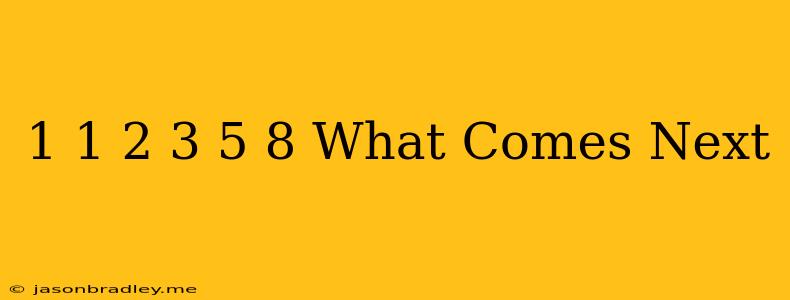The Fibonacci Sequence: A Tale of Nature and Math
The sequence 1, 1, 2, 3, 5, 8 is a fascinating one, appearing in various fields like mathematics, nature, and even art. It's known as the Fibonacci sequence, named after the Italian mathematician Leonardo Pisano, also known as Fibonacci, who introduced it to Europe in the 13th century.
How it Works
The Fibonacci sequence is formed by adding the two preceding numbers to get the next one.
- 1 + 1 = 2
- 1 + 2 = 3
- 2 + 3 = 5
- 3 + 5 = 8
Therefore, the next number in the sequence is 13 (5 + 8).
Where it Appears
The Fibonacci sequence appears in various natural phenomena, from the arrangement of leaves on a stem to the spiral patterns of seashells. It also pops up in the branching of trees and the arrangement of florets in a sunflower.
In art and architecture, the Fibonacci sequence finds its way into proportions and compositions, creating a pleasing aesthetic that is often attributed to its natural harmony.
In computer science, the sequence is used in various algorithms and data structures, particularly in those related to optimization and efficiency.
More Than Just Numbers
The Fibonacci sequence is more than just a mathematical curiosity. Its presence in various natural phenomena suggests a deep connection between mathematics and the natural world. Its applications in different fields highlight its versatility and importance in our understanding of the world around us.
Beyond its mathematical significance, the Fibonacci sequence serves as a reminder of the intricate patterns and connections that govern our universe, showcasing the beauty and elegance of nature and the power of mathematical principles.
